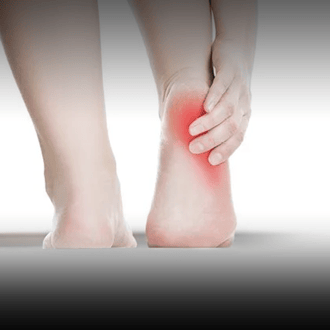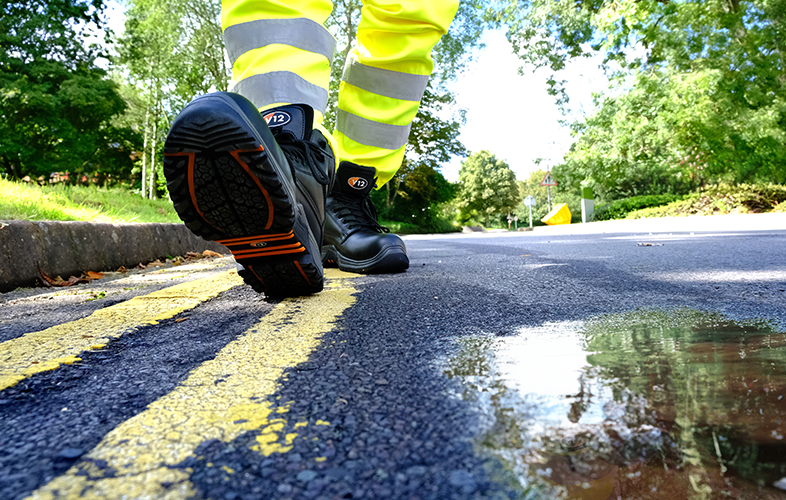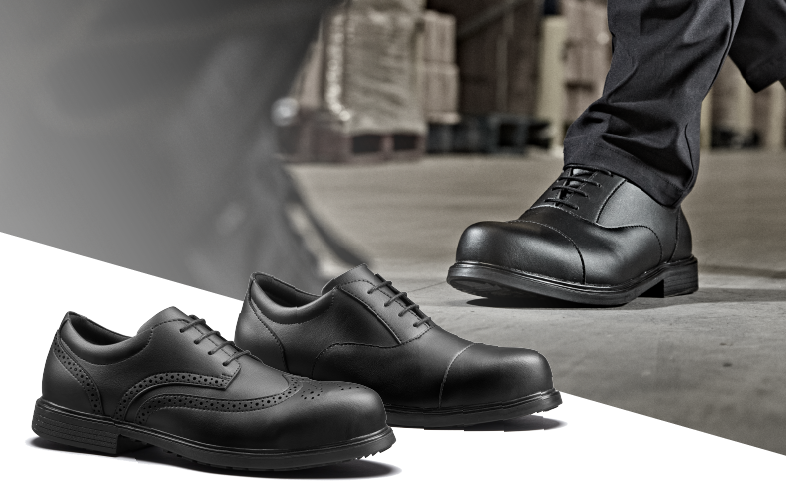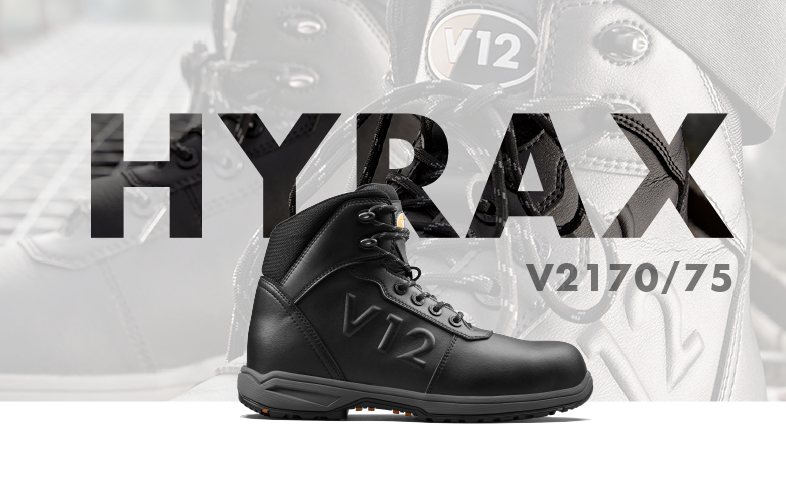Diabetes. We all know the name, we all know it’s something to do with blood sugar, and we all know it’s not very pleasant. But do we really know the full extent of its symptoms and how it can truly affect those living with diabetes – particularly the many working in industries where safety is critical?
Foot health is our passion and our area of expertise, and we want to share both with you, so while we’ll illustrate some eye-opening facts about this condition, we’ll also make a series of footwear recommendations that could aid or support those who are facing the symptoms and challenges that diabetes pose. Because while it’s a chronic ailment that needs to be taken very seriously, with the right knowledge, footwear and accessories, diabetes doesn’t need to compromise safety or productivity.
WHAT IS DIABETES?
Diabetes is a chronic (life-long) condition that occurs when your blood glucose level is too high, so your body doesn't produce enough insulin, which is needed to aid the body in bringing down potentially harmful blood sugar levels.
Diabetes can lead to a range of health issues including:
- Kidney and heart problems
- Hypoglycaemia and hyperglycaemia (sometimes known as ‘diabetic attacks’)
- Reduced pancreatic function
- Damaged eyesight
- Neuropathy (numb or tingling feet)
FOOT FOCUS: YOU MAY NOT KNOW...
Diabetes has far greater implications for feet than many might know. In fact, tingling and numbness are often the less serious symptoms. Diabetes can also cause:
- Restricted blood supply to the feet
- Damaged blood vessels
- Tissue damage
WHAT DO THESE SYMPTOMS REALLY MEAN?
If someone living with diabetes has a foot that is cut by an object or rubbed by rough material or seams, numbness in the foot means the individual might not feel it. This can lead to undetected blood loss, untreated foot sores, blisters or ulcers. Now, this is a problem in itself, but because of the elevated blood sugars that diabetes cause, the normal rate of healing of damaged tissue is much slower - and slow healing wounds can lead to infection, and in more serious cases, amputation.
In other words, a simple mark or nick caused by a rubbing stitch or seam can very easily – and very quickly – cause a string of extremely serious health risks. And if you're still not convinced, have a read of these statistics from Diabetes UK:
- 1 in 10 over 40s now has Type 2 Diabetes
- The number of people living with diabetes in the UK has reached 4.7 million
- The number of people affected by diabetes is expected to reach 5.5 million by 2030 - that's nearly 8% of the population
- Diabetes causes 1 amputation every hour in the UK – an increase of 18.3%
So, when it comes to feet and diabetes, it’s vital to have the right footwear solutions. And given the long-term damage that injured or blistered feet can do to a diabetic, it is particularly important if they are working in a safety critical industry for their footwear to deliver maximum protection and comfort.
THINGS diabetic wearers SHOULD consider - AND HOW V12 COULD HELP
Below, we identify some key foot health concerns for those with diabetes and offer some footwear and accessory recommendations that might aid and support these issues.
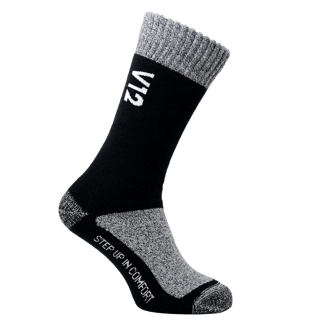
1. Sweaty and hot feet
Sweaty feet can increase the risk of a foot infection through sores or blisters because moisture makes the skin softer and more vulnerable to chaffing or rubbing.
YOU NEED:
- No-seam socks
- Breathable, lightweight footwear
THE FOLLOWING COULD HELP:
VSOK5S Work Socks. This luxury comfort work sock features a soft stay-up top band and no-rub toe seam, so feet are protected against irritation or chaffing.
The V12 Sports range. This set of safety hikers and trainers feature mesh microfibre uppers, which provide excellent breathability. This ensures feet stay cool, which is vital for someone with diabetes given the importance of avoiding moisture around the feet.
THERE'S MORE...FURTHER BENEFITS OF THE V12 SPORTS RANGE FOR DIABETICS
 The V12 Sports range could offer more than just breathability for wearers living with diabetes. Another foot health issue these wearers need to be aware of is pinching and rubbing through added pressure to the feet from heavy boots. The styles in the V12 Sports range are lightweight due to their supple uppers and lightweight rubber soles. This encases the foot in a soft, flexible material which decreases pressure and weight on the foot, reducing rubbing or chaffing and the risk of skin damage and infection.
The V12 Sports range could offer more than just breathability for wearers living with diabetes. Another foot health issue these wearers need to be aware of is pinching and rubbing through added pressure to the feet from heavy boots. The styles in the V12 Sports range are lightweight due to their supple uppers and lightweight rubber soles. This encases the foot in a soft, flexible material which decreases pressure and weight on the foot, reducing rubbing or chaffing and the risk of skin damage and infection.
Pictured: The V1940 Torque IGS - part of the V12 sports range featuring breathable and lightweight uppers
2. Anti-static stitching in insoles
YOU NEED:
- Insoles with the anti-static properties within the insole material
Most insoles achieve their anti-static properties by having a line of raised stitching which sits under the ball of the foot. This can itch, rub or irritate the skin.
THE FOLLOWING COULD HELP:
Dynamic ArchTM insoles. We’ve designed these insoles with the anti-static properties within the material itself rather than in the stitching, which means no irritation - just comfort.
3. prolonged water exposure
YOU NEED:
- A waterproof lining
When feet get wet, the skin gets softer, which makes it easier for the tissue to get cut if rubbing, scratching or an accident occurs.
THE FOLLOWING COULD HELP:
The Sympatex advanced and breathable waterproof membrane keeps water out, but provides perspiration management and climate control through its breathable moisture wicking top fabric, giving the wearer cool and comfortable feet. Find out more by exploring the Lynx – our first safety boot range to feature this innovative breathable waterproof lining.
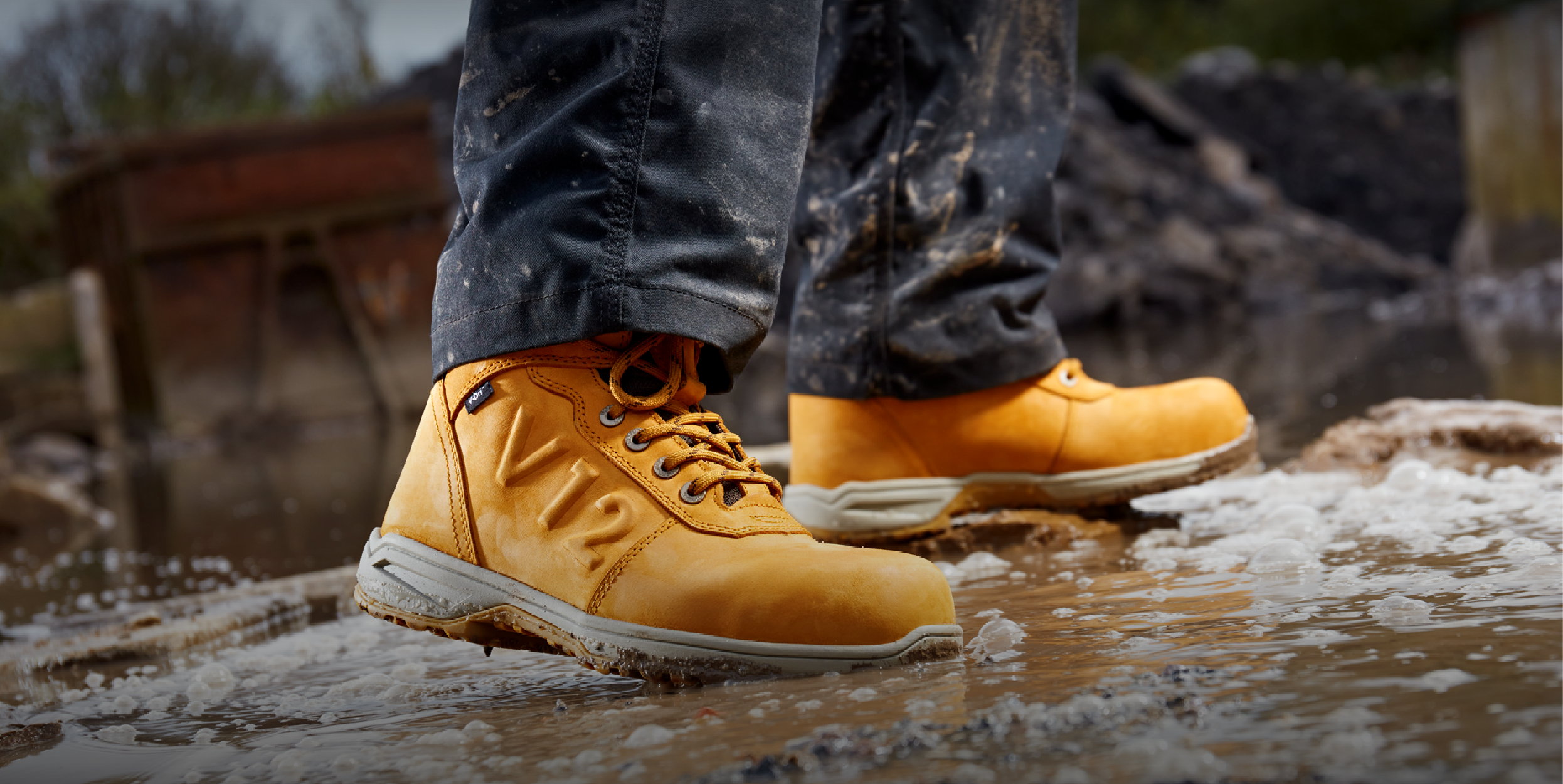 Pictured: The Lynx safety boot. Its Sympatex waterproof membrane keeps water out but keeps feet cool
Pictured: The Lynx safety boot. Its Sympatex waterproof membrane keeps water out but keeps feet cool
OTHER FOOTWEAR ADVICE FOR THOSE LIVING WITH DIABETES
WIDTH AND ROOM
Firstly, if boots are not wide enough, feet can get pressed and pushed against the sides of the footwear, leading all too easily to calluses, blisters or cuts. Secondly, the hard toecaps on safety footwear can easily rub diabetic feet, so it is important there is plenty of width in your boot to contain this vital safety feature and give your feet sufficient room.
We recommend: THE WIDE-FITTING V12 LAST
Because most of the world’s footwear is manufactured in Asia, their lasts are often based on the narrower Asian foot shapes. The European population generally has wider feet than Asian people, so this means many wearers in the UK end up with boots which are too narrow, which can cause:- Pinching due to the slender shape
- Wearers opting for the next size up so boots are too big
- Safety features being compromised through poor fit
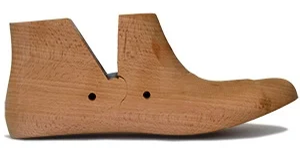
Our wearers often say our safety boots feel wider than other boots available - this is because our last is designed based on the European population’s foot shape, making them naturally wider.
This results in a roomier and more comfortable fit and ensures that safety specifications like toecaps and midsoles have enough room to perform and protect.
Want to learn more about safety footwear sizing? Head to our blog here.
AVOID EXTREME TEMPERATURES
Because of the nerve and circulation issues that diabetes can cause, it’s important that extreme heat and cold are avoided.
We recommend: COMPOSITE TOECAPS
Safety boots with a composite toecap can be a significant benefit for a wearer with diabetes because:
- They have superior thermal insulation against heat and cold compared to steel
- They are the lightest form of toecap, so the boot rubs less because there is less weight from above pressing on the foot.
Interested in this topic? Read our blog on the advantages of composite toecaps here.
WE also RECOMMEND... OUR WHOLE RANGE!
So many of our boots are based on the wide-fitting V12 last and feature lightweight composite toecaps for comfort and strength, we recommend that you head to the website and explore all our styles and see which one is right for you.
SAFETY RECAP: DIABETES FOOT HEALTH CHECKLIST
- Soft socks with no-rub seams
- Insoles and footwear with moisture-wicking properties
- Boots with a lightweight and supple upper
- A wide-fitting boot
- Composite rather than steel toecaps
DIABETES DOESN’T HAVE TO STOP YOU
 The key thing for any one living with the challenges presented by diabetes, regardless of their industry, is knowing the risks and giving feet the best chance of avoiding irritation or moisture. What makes so much of the V12 Footwear range a potential support for these types of foot health priorities is that we’ve invested a huge amount of time in developing our footwear to address these very things: ensuring our boots give the wearer the best fit and protection against the hazards of their role.
The key thing for any one living with the challenges presented by diabetes, regardless of their industry, is knowing the risks and giving feet the best chance of avoiding irritation or moisture. What makes so much of the V12 Footwear range a potential support for these types of foot health priorities is that we’ve invested a huge amount of time in developing our footwear to address these very things: ensuring our boots give the wearer the best fit and protection against the hazards of their role.
Whether this advice provides short or long-term health advantages, we're confident they’ll show diabetes doesn't need to stop people being productive and safe at work.
IDEAL (Insights for Diabetes Excellence and Learning) have developed an Education Centre 'Act Now' to help people recognise the symptoms of diabetes sooner and halve amputation rates in the next 5 years. Click here to explore this fantastic resource.
Are you interested in finding out more about how good foot health leads to wellbeing? Head to our blog below.

.png)
